
Inside T map
Secret to T map’s
travel route
recommendations
T map is composed of diverse rating functions such as T map recommendations, the minimum time, toll-free roads, the shortest distance, priority of expressway and route allowed for two-wheeled vehicles. To these functions, one more function of School Zone route is added. Out of eight functions, users can choose any options according to their convenience. Each route is based on an algorithm by logic in accordance with the purpose. We call the act of creating a route according to this algorithm "RP (Route Planning)." Then why does each navigation guide different routes even when the realtime traffic information of road is just the same? It is because each navigation uses the algorithm applying different value of distance and time. The method of setting an algorithm directly influences quality of navigation. Let’s inquire into expertise of T map, representing the effort of creating optimal RP in pursuit of constant quality improvement.
What is RP?
RP refers to service providing the optimal travel route in consideration of all path possibilities from the starting point to destination.


What are the types of routes
that T map RP provides?
A quick route: It guides a quick and accurate route to the desired destination
by avoiding congested roads, based on realtime traffic prediction
information.
A comfortable route : It guides a route making your driving more
comfortable in consideration of type of road, number of road lanes, distance,
traffic lights, and number of turns.
A safe route: It guides a safer route in consideration of width of road,
speed limit, road pavement state, information of accidents or events.
Factors to consider when finding the optimal route
Diverse factors are considered when finding the optimal route. They constitute travel time, driving distance, toll, fuel consumption amount, number of road lanes. For route planning, basically, all factors are considered. If you put priority on travel time, the information of route "the minimum time" will be given. If you prioritize driving distance, the information of the route "the shortest distance" will be offered. Without doubt, the route "T map recommendations" that is most used by our customers is the optimal route obtained as a result of general consideration of all factors, instead of focusing on one or two factors.
Two major factors
determining quality of RP
Which route should I take?
The process of finding the optimal route
RP searches for all road possibilities from the starting point to the destination and calculates scores considering various factors such as travel time at each section, driving distance and toll. Out of all possibilities, it provides combination of roads with the highest scores as the optimal route.
How to find the quickest way
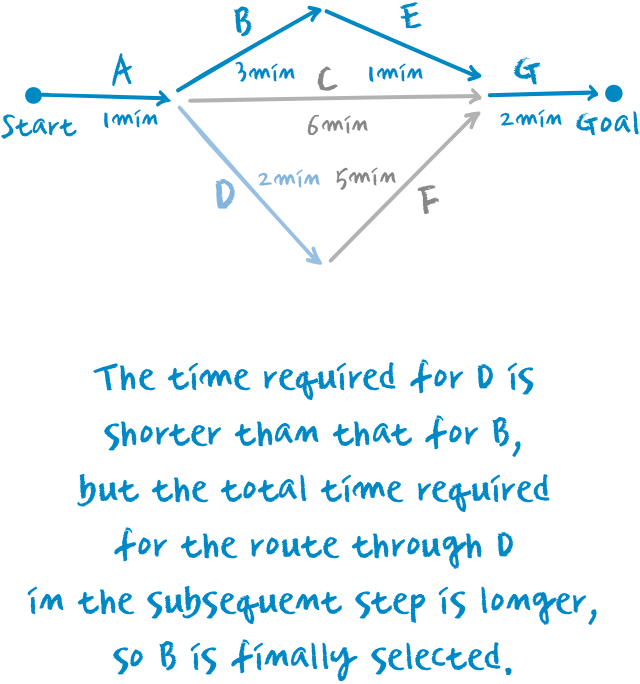
Step1
Find roads connected to the starting point.
A = (1min)
Step2
Out of the roads
connected, find varied
routes taking to destination
in order of roads
with the shortest travel
time.
[1st] A+D
= 1+2min (sum 3min)
[2nd] A+B
= 1+3min (sum 4min)
[3rd] A+C
= 1+6min (sum 7min)
Step3
Out of varied routes,
select the route with
the shortest cumulative
travel time.
[1st] A+B+E
= 1+3+1min (sum 5min)
[2nd] A+C
= 1+6min (sum 7min)
[3rd] A+D+F
= 1+2+5min (sum 8min)
Step4
Complete finding when
the route is connected to
the final destination.
A+B+E+G
= 1+3+1+2min (sum 7min)

Step1 |
Step2 |
Step3 |
Step4 |
Find roads connected to the starting point. |
Out of the roads |
Out of varied routes, |
Complete finding when |
A = (1min) |
[1st] A+D |
[1st] A+B+E |
A+B+E+G |
When will I arrive?
How to predict the time of arrival
RP applies both realtime traffic information and traffic prediction information. The greater the distance is from the starting point, the higher the rate of utilization of traffic prediction information is. In other words, for the destination close to the starting point, the current realtime traffic information is more used. On the other hand, for the destination far from the starting point, RP foretells the time of arrival based on traffic prediction information.
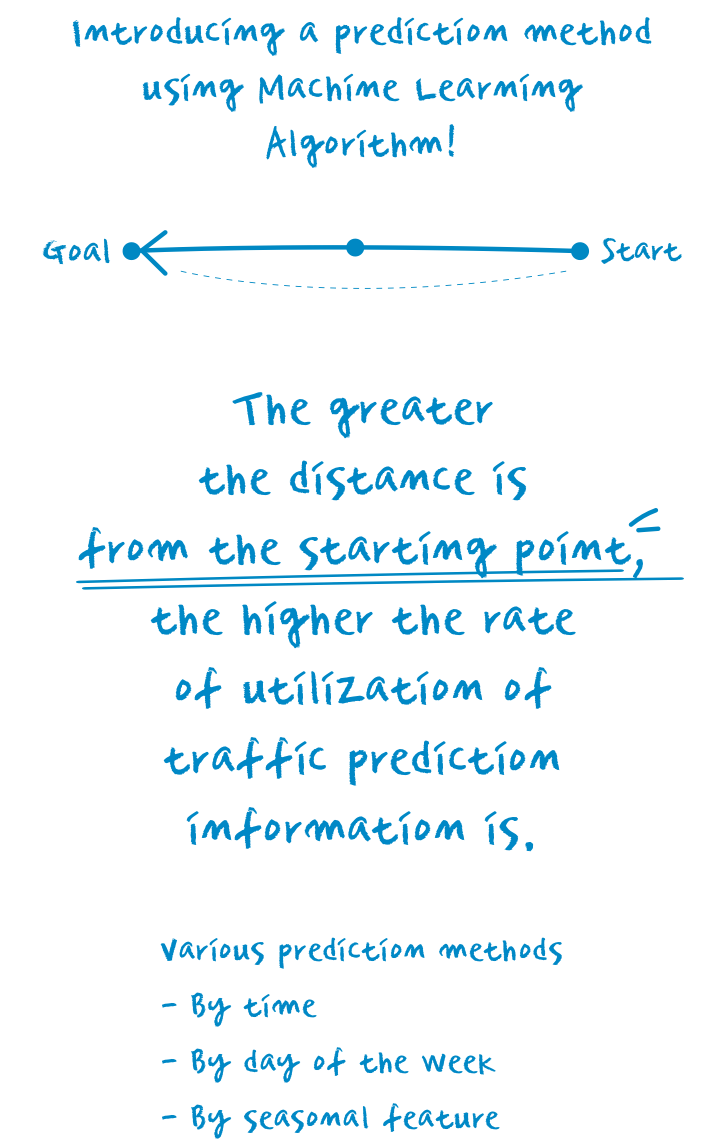
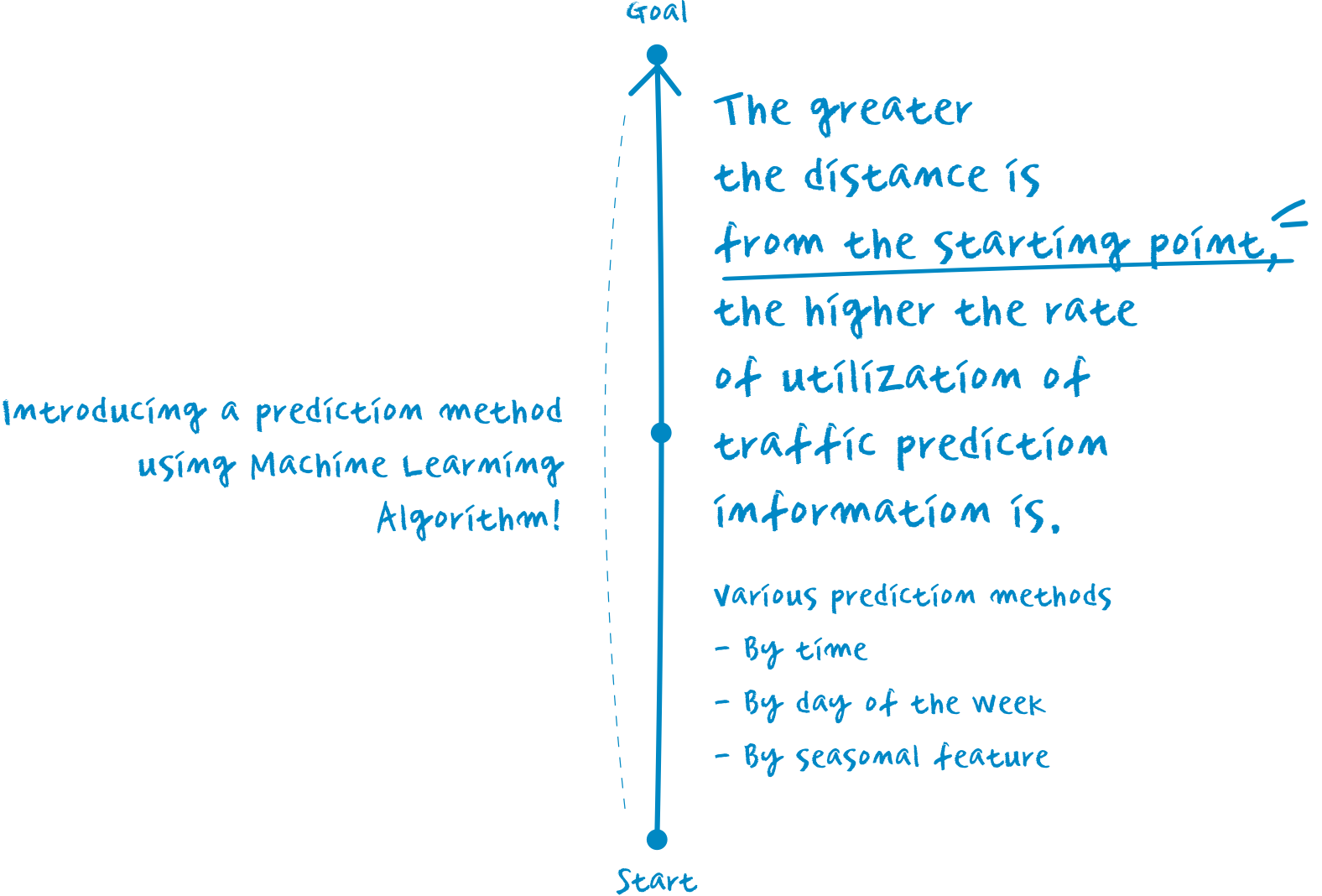
T map RP strategy
No matter how little time it takes, T map seems to make me turn too much. It is only one minute faster, but I am not convinced that it makes me turn no less than 10km. Wouldn’t it be easier if I just took a direct way?
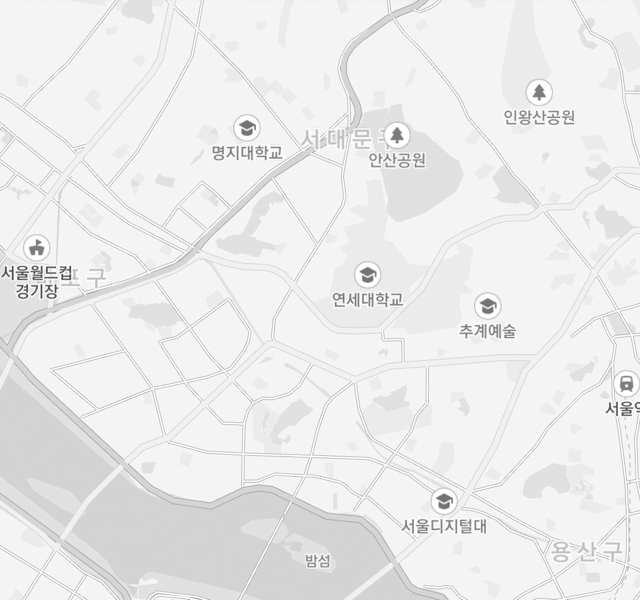

Route 1
Time : 22' 50"
Distance : 5.6km
Route 2
Time: 21' 45"
Distance : 14.7km
This problem occurs when RP puts priority of guide on a quick route
than the travel time despite a close distance, physically speaking.
To solve this issue, we operate the system by raising the distance value
so as not to provide a route that is too remoted only because it takes a
shorter travel time.
I do not like to use a toll road unless there is high congestion on other roads. Is there a solution to this?
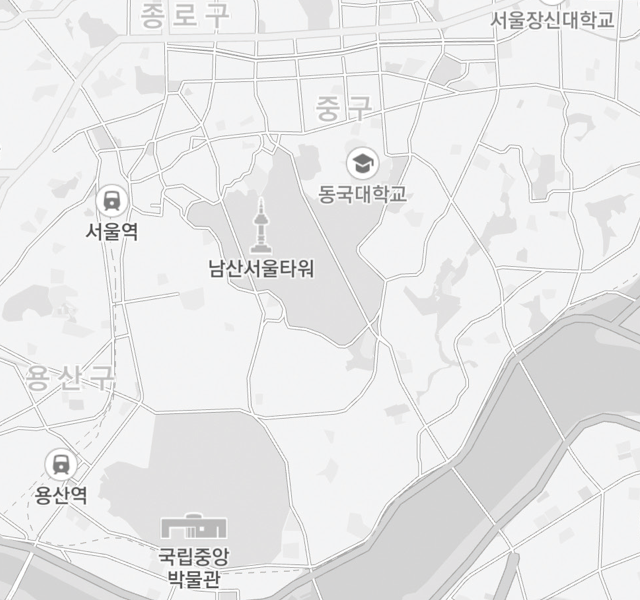
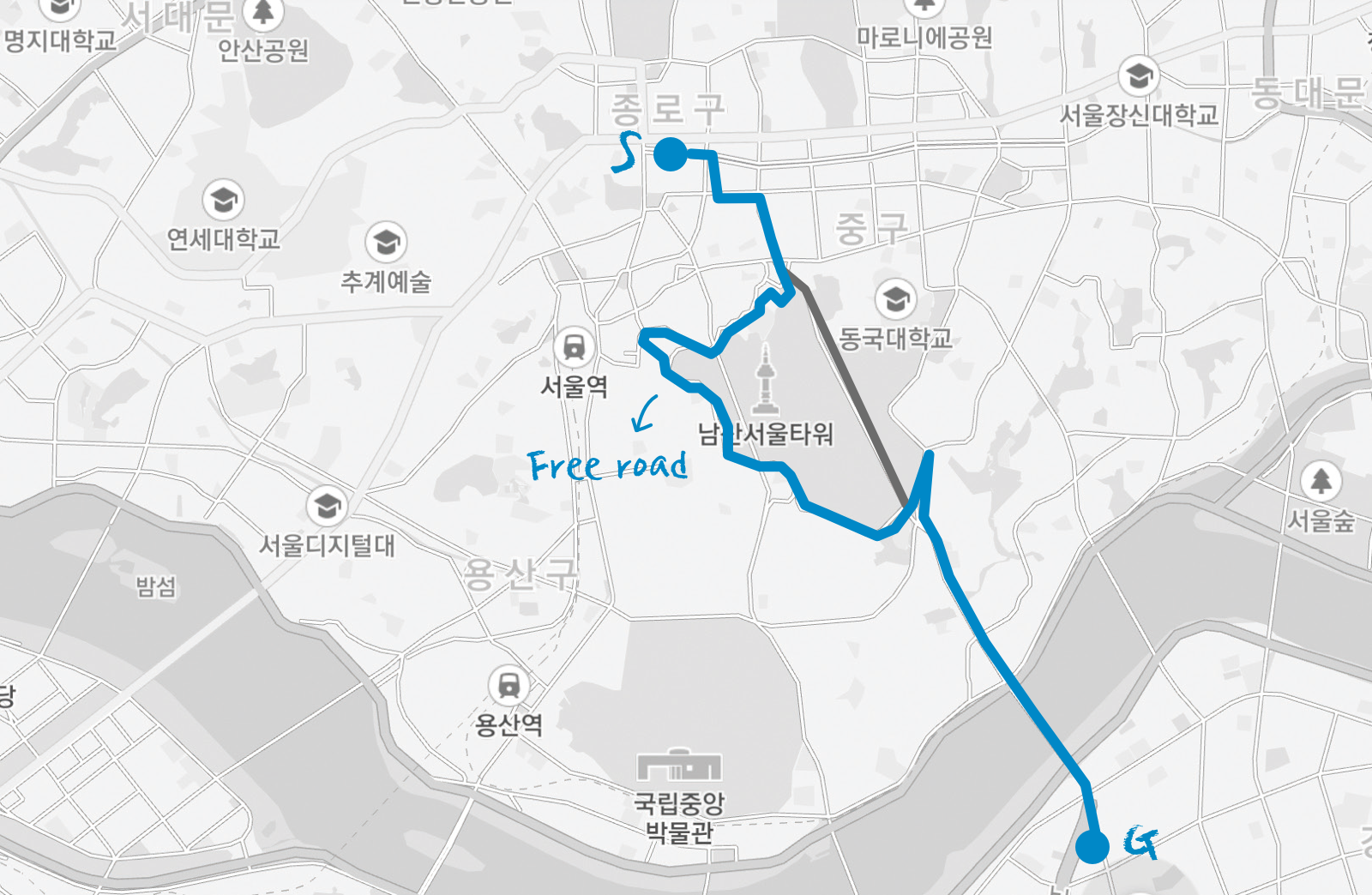
At present, when finding the route "T map recommendations," we put priority
of guide on the route with a lower toll by applying a separate penalty
to toll roads.
However, when the route detouring to reduce fare causes excessive
prolonging of travel time, we may guide a route where toll is required. If
you want to minimize toll, we advise that you should use the option "tollfree
roads."
What is RP’s future like?
Initially, we thought that the most important value was guiding the route with the shortest time of arrival in a precise manner. However, we recently upgraded service quality of route guide by predicting road situations and changes in realtime traffic information. Furthermore, we focus on technology to raise satisfaction of each user. We make an utmost effort to maximize our services of route recommendations in consideration of not only users' data such as age, sex, vehicle type and driving habits but also their personal preference or taste.




